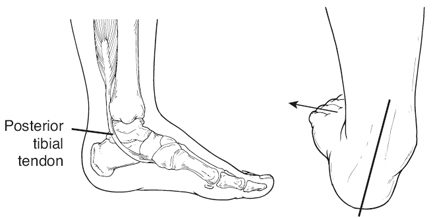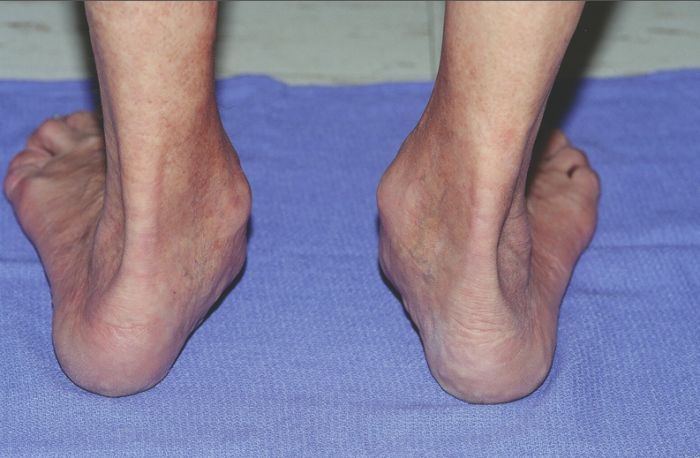Posterior Tibialis Tendon Dysfunction (PTTD): Adult Acquired Flat Foot
PTTD is often called ‘adult acquired flat foot’ – or AAFF – due to the fact that it is commonly the cause for developing flat feet in adulthood.
The posterior tibialis tendon runs on the medial side of the ankle and plays a big part in supporting the foot during gait, hence a disruption to its function causes the arch to collapse and flatten.
This results in significant pain and affects gait, and may develop into osteoarthritis in the ankle, which is a wear and tear condition of the joints. In more severe cases, the ankle and foot may lose range of motion.
This condition usually affects one foot, but can affect both feet as well. It is a progressive condition and will worsen especially if it is not treated early on.
READ MORE: Are Flat Feet Normal in Kids?
Symptoms
The symptoms of PTTD include:
- Pain and swelling around the medial ankle
- Visible flattening of the arch, and ankle rolling inwards
- Pain can shift to the outer side of the ankle from impingement resulting from deformation of the foot and ankle
- Difficulty walking or moving around
Treatment
As mentioned, it is important to treat PTTD early on as it is a progressive condition. There are a number of conservative treatment options to consider before a surgical operation.
Custom orthotics/Over the counter insoles
Orthotics and insoles support the arch and reduce excess strain in the plantar muscles.
Over the counter ankle brace
An ankle brace can reduce eversion of the ankle. The type of brace you get should depend on your activity, comfort level, and ease of donning.
Custom Ankle-Foot-Orthoses
An AFO provides the best support, as it takes a full contact cast of the ankle and foot – this keeps the ankle and foot in alignment.

Footwear and modifications
Ensure your footwear has features, such as a strong forefoot rocker and heel counter, to give additional ankle support.
Consider footwear modifications, such as a medial buttress. This can provide additional support.
Physiotherapy
When you strengthen and condition the surrounding ankle structure, this can prevent weakening.
Medications (NSAIDs)
Medications to reduce pain and swelling can help this condition. Always ask your doctor which medications are right for you.
Talk To An Expert!
The aforementioned treatment options vary in necessity, for each patient and the current stage of progression. At Kintec, we provide education and all the above orthotic and footwear products to assist with your recovery and return to well-being.



Flora Evans
December 19, 2022 at 3:33 amVery good information about flat feet.